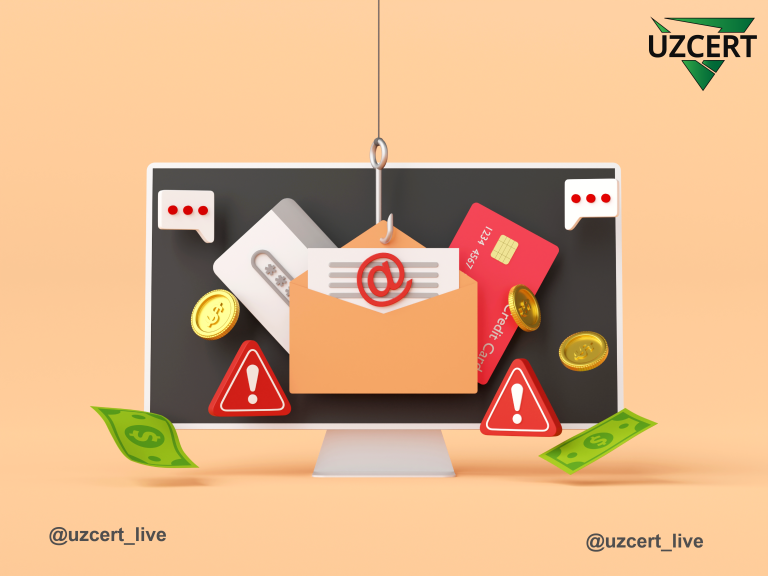
Overcoming Web Threats with SOAR Technology
In the modern landscape of cybersecurity, web-based attacks rank among the most prevalent threats. Phishing (fraudulent emails aimed at stealing sensitive data), malicious URLs, suspicious files, and API exploitation pose significant risks to organizations.
In such a complex environment, ensuring security requires rapid and precise responses to every threat. Security Orchestration, Automation, and Response (SOAR) technologies have emerged as a vital solution, streamlining the processes of threat detection, analysis, and response while enabling swift execution.
SOAR is a platform that standardizes and automates incident response processes through specialized scripts known as playbooks. These playbooks provide step-by-step instructions for addressing various types of threats.
In the context of web attacks, playbooks encompass tasks such as detecting phishing emails, reviewing threats identified by a Web Application Firewall (WAF), analyzing malicious URLs or files, notifying users, and more.
The strength of SOAR lies in its ability to integrate with multiple security solutions:
- Web Application Firewalls (WAFs)
- Endpoint Detection and Response (EDR)
- Email Security Gateways
- Threat Intelligence Sources
Each integration enables the creation of automated command sequences within a playbook, such as blocking a malicious URL, isolating a device, or analyzing a file in a sandbox environment.
These commands fall into four categories:
- Enrichment — Gathering context (e.g., checking an IP address);
- Containment — Neutralizing the threat (e.g., quarantining a file);
- Recovery — Restoring the system to normal operation;
- Case Management — Documenting actions and facilitating analyst collaboration.
Handling Phishing Attacks
Phishing remains one of the most common web threats. Suspicious emails, whether reported by users or detected by security systems, are processed as follows:
- The sender’s address, subject, URLs, and attachments are extracted;
- Each element is checked against threat intelligence sources;
- If a threat is confirmed: the email is quarantined, malicious URLs are blocked, and related devices are isolated;
- The user and security team are notified;
- If the threat is not immediately clear, the case is escalated to an analyst for further review.
Responding to WAF-Detected Attacks
When a WAF identifies a threat, SOAR follows this process:
- Alert details (IP, payload, targeted application) are collected;
- The IP’s historical reputation is analyzed;
- Correlations with recent incidents are identified;
- If the attack is deemed real, the IP is automatically blocked across the network;
- The owner of the targeted application receives incident details;
- The application is scanned for vulnerabilities.
Automated Detection of Malicious URLs and Files
Another common playbook involves the automated detection and evaluation of malicious URLs and files. This scenario includes the following actions:
- URLs or files are extracted from emails, file servers, or proxy logs;
- They are analyzed in sandbox environments;
- If a new threat is identified: blocklists are updated, threat hunting is initiated, and information is shared with other organizations.
Maintaining Playbook Relevance
To remain effective, SOAR playbooks must include:
- Post-incident analysis and refinement of playbooks;
- Feedback collection from analysts;
- Implementation of algorithms to counter new threat types;
- Integration of modern technologies like Zero Trust, Artificial Intelligence (AI), and Machine Learning (ML).
Benefits of SOAR Playbooks
Using SOAR playbooks to combat web attacks not only ensures rapid and consistent threat responses but also reduces the likelihood of human error, enhances operational efficiency, and strengthens an organization’s cybersecurity culture.
Today’s threats may take on entirely different forms tomorrow. Therefore, automated, adaptive, and regularly updated SOAR playbooks are an indispensable component of any modern cybersecurity strategy.
🔐 Protect your system, but automate it—threats don’t wait for delays.



